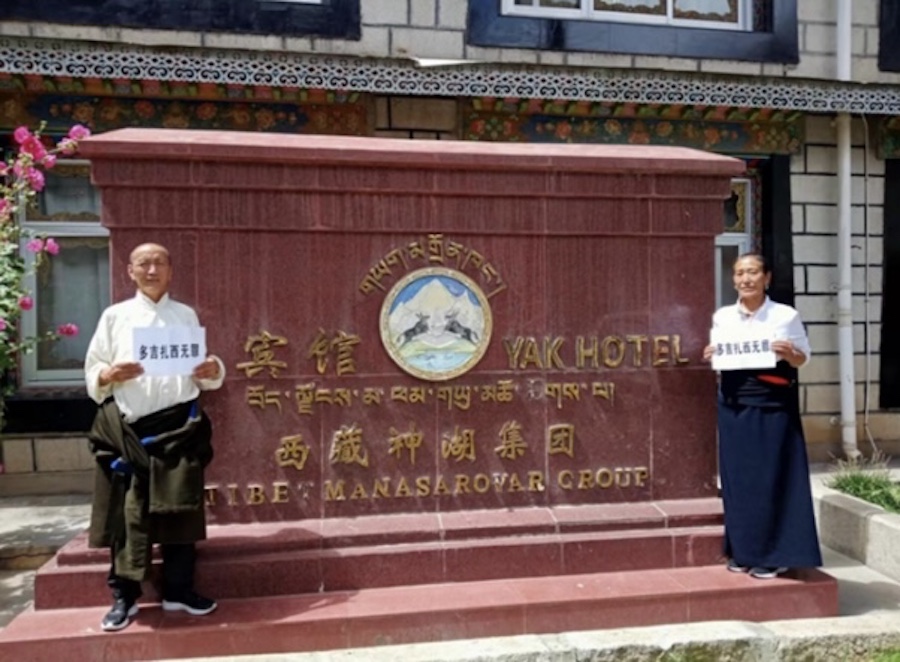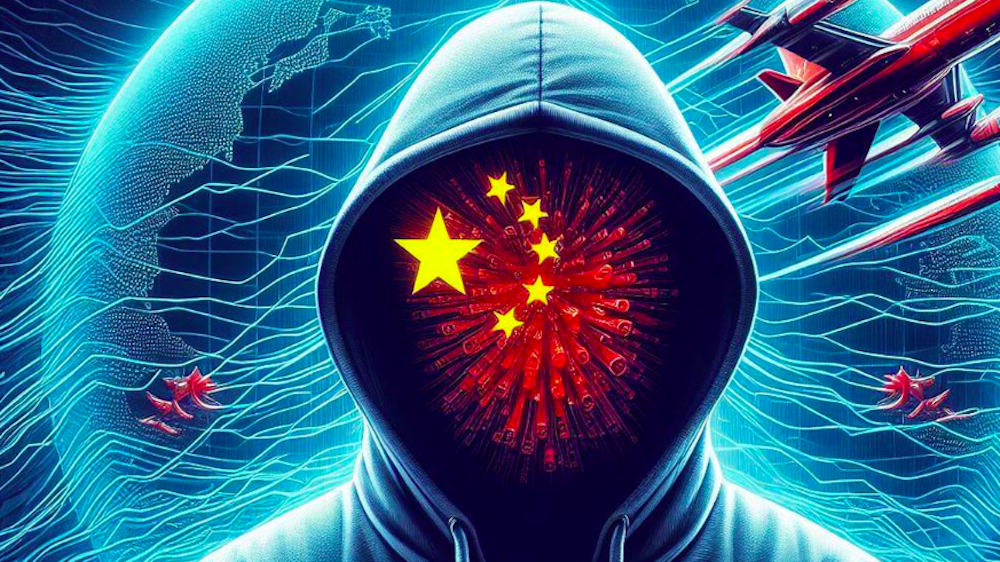By Tsering Wangchuk
 In early 2011, I had the rare opportunity to attend a commentary session by His Holiness the Dalai Lama on Mulamadhyamakakarika (Verses on the Fundamentals of the Middle Way). This opportunity effectively gave me an insight into my identity and consciousness which was otherwise unsettled due to being uprooted like many of my fellow young Tibetans worldwide. This introspection led me to an insightful view of a past when Buddhism was widely accepted as way of life in Tibet and the present where its existence is threatened.
In early 2011, I had the rare opportunity to attend a commentary session by His Holiness the Dalai Lama on Mulamadhyamakakarika (Verses on the Fundamentals of the Middle Way). This opportunity effectively gave me an insight into my identity and consciousness which was otherwise unsettled due to being uprooted like many of my fellow young Tibetans worldwide. This introspection led me to an insightful view of a past when Buddhism was widely accepted as way of life in Tibet and the present where its existence is threatened.
Madhyamaka, as foundational discourse of Mahayana tradition and Buddhist philosophy, was adopted by Tibetans in the 7th century. Since then, Tibet has transformed, nurtured and sustained a formidable culture in the eastern world, reverberating its values world over in the last few decades. This culture of non-violence, compassion and a sustainable world-view has been weaved by a core Mahayana ideology known as Madhyamaka in Sanskrit (Middle Way), which is now an official policy of the Central Tibetan Administration established by Tibetans through modern democratic means in the late 20th century.
During the early 20th century another philosophy, which had strong “religious” connotations during that time was put into practice in an attempt to find a solution to political unrest. The great Mahatma Gandhi, an apostle of Shanti (Peace), during whose time ‘peaceful’ was an individual ethical conduct of a religious person, was effectively transformed into an active political movement and policy worldwide.
One of the earliest examples of this type of genesis is the Athenian philosophy and their sense of ethical practices, which have moulded modern democratic systems, widely recognized as the crème de la crème of western philosophy.
These phenomena have brought great relief and tranquillity to many millions, albeit temporarily. Humankind has evolved from caves through to huts, settlements, kingdoms, empires, and nations to states and now, we are at the transitional stage of a collective global conscience. However, history has witnessed conflicts between differing values, belief system and interests, which are still widely prevalent in numerous flashpoints around the globe. Active non-violence advocacies and policies have brought considerable peace, but what it may lack is a secularly ethical and logical explanation for the benefit of every individual. Middle Way, with one of its core value as interdependence, may have the potential to substantiate the peace theory. A philosophy introduced by His Holiness the Dalai Lama, and one that he “practices as he preaches”, may allow us to find a political solution to the Tibet issue.
The Madhyamika method does not deal with dualities by attempting to arrive at a compromise between the two sides or by formulating a position that lies between the two. Rather, it attempts to supersede the sphere of conceptual thinking and its attendant dualistic modes. —Nāgārjuna, Mūlamadhyamakakārikā
For the past four decades His Holiness the Dalai Lama and the Tibetan people have actively sought to find a political solution to Tibet, which has been under the occupation of China since 1949, through a Middle Way approach. Under this institutionalized policy Tibetans were able to redefine their immediate and core interest as ‘Tibetan culture’ that was under imminent threat as China, including Tibet, barely limped out of a devastating Cultural Revolution at that time. Instead of reclaiming historical sovereignty of Tibet, which directly stands in conflict with the core interests of China, Tibetans proposed a single autonomous area for all Tibetans, which could safeguard its cultural values and individual freedoms, that is mutually beneficial for both sides.
“Tibet is a litmus test for China and the world” –Sikyong Dr. Lobsang Sangay
Since then, Tibetan culture and especially the knowledge of Tibetan Buddhism has grown to an extent of commanding respect and awe from people worldwide. In these past four decades, this approach entailed exchanges of knowledge and wisdom back and forth from Tibet that has seen young Tibetans inside and outside Tibet reclaiming their identity and values under harsh political environment. His Holiness the Dalai Lama has been invited to speak at ever expanding audience in various countries where governments were earlier reluctant to receive him before 1979. A Tibetan culture that has its roots in Buddhist teachings of interdependence and compassion has been put to the greatest test during these times in the form of the Middle Way policy vis-a-vis China to pave a lasting peaceful solution. This story of Tibetans led by His Holiness the Dalai Lama can be the beacon and the recourse for the world strewn with war and sufferings and usher a new era of dialogue and peace for the future. As contemporary American leader Nancy Pelosi finely puts it, “Tibet is the challenge to the conscience of the world”.
Disclaimer: The author is Press Officer at the department of Information and International Relations, Central Tibetan Administration. However, the views expressed here are that of the author and the publication of the piece on the CTA’s official website does not necessarily reflect their endorsement by the Central Tibetan Administration.









